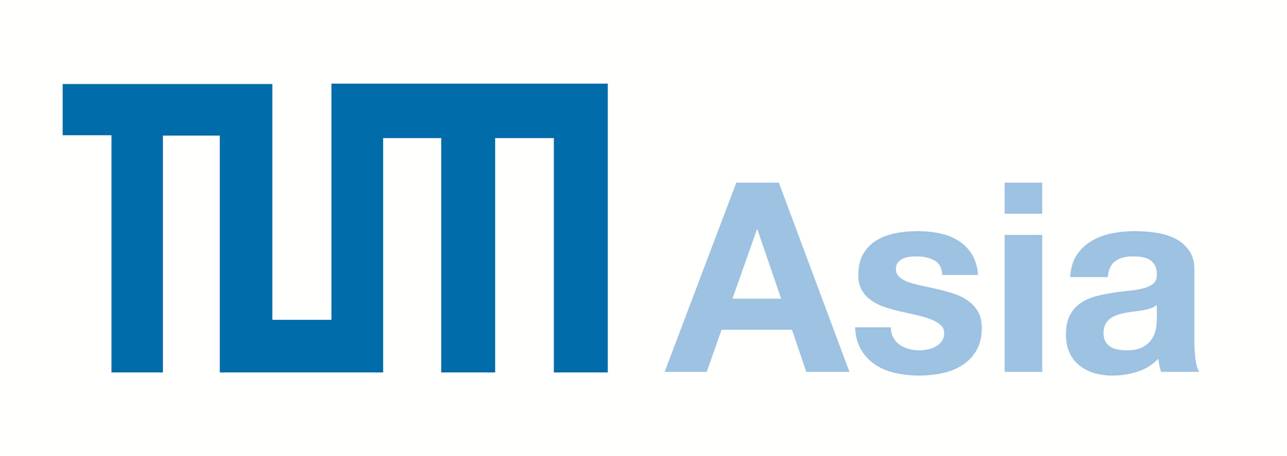



Completing a compulsory internship and Master Thesis is one of the components of a TUM Asia Master of Science programme. Students are able to apply what they learnt into the industry, while making new connections in the workforce. We hear from Jannik Pötzl from the Master of Science in Aerospace Engineering programme to hear about his unique experience interning at the University of Toronto, Canada.
Q: Hello Jannik, can you tell us more about yourself?
Jannik: I am from Coburg, which is a small town in the north of Bavaria, Germany. I completed my Bachelor degree in Mechanical Engineering with a specialization in Aerospace Engineering at TU Braunschweig and I decided to continue with a Master degree.
Q: Home is a distance away from Singapore. Making the decision to study miles away from home, was it a difficult decision?
Jannik: Firstly, I wanted to gain more knowledge in the field of Aerospace Engineering. Secondly, I wanted the opportunity to study far from home, not only as a tourist, but also be immersed in different cultures, religions, languages and lifestyles. Singapore has a great mixture of people from all over the world, and discover how much Asia has to offer. There are many countries nearby such as Indonesia, Malaysia, and Vietnam.
Q: What is one special memory from your studies at TUM Asia?
Jannik: The people around you makes the time worth remembering. TUM Asia brings together people from different countries with different mindsets. It is interesting to get to know each other throughout the programme as you do not only sit together in the classroom, but go out together and explore the city and the surrounding countries as well. I was able to learn so many things from my classmates.
Q: Tell us more about your internship experience.
Jannik: I wanted to spend some time in a different place as I am used to moving around as a child. I picked the University of Toronto (UofT), as visiting Canada has always been a dream of mine. Their ARL-MLS (Advanced Research Laboratory for Multifunctional Lightweight Structures) institute does a lot of research in the field of multidisciplinary design optimization and multi-scale modeling. Finding an internship was not very difficult as TUM is well connected to top- ranking universities all over the world. I checked with a professor at TUM and was able to contact the head of ARL-MLS at UofT through the TUM professor, and then started to apply through UofT’s graduate office.
Q: Can you tell us more about your day-to-day responsibilities at your internship?
Jannik: My task was to design an ultra-high aspect ratio wing that would be used on reconnaissance drones operating at high altitudes. First, I researched current drones which were either in development or already in operation. The data of these vehicles gave me a good starting point. After that, a first draft was modeled in XFLR5 to perform a macro- sizing of fuselage, wing, empennage structure and the distribution of masses. This step is supposed to ensure trimmability and flyability of the proposed design. Lastly, CATIA V5 was employed to translate the macro parameters of step 2 into a feasible CAD design.
Q: What is something that you think that your internship has given you?
Jannik: As we are engineers, we were able to make use of our fundamental skills, such as in CAD, CFD, FEA and programming. It complements our knowledge in the classroom and I enjoy this.
Q: Now that you have come to the end of your Masters, what’s next for you?
Jannik: This Master’s programme has provided me with the technical knowledge to solve engineering problems in a structured way and find the best possible solution. I have built up a great network while living abroad and a strong foundation in the field of Aerospace Engineering. Now it is time for me to use it and give back this knowledge to the society. I want to gain some working experience and eventually do a PhD as well.
–
Jannik is from the NTU-TUM Master of Science in Aerospace Engineering programme. More information about the programme here >>
This interview was published in the DIGEST Sept – Dec 2017 issue >>


























